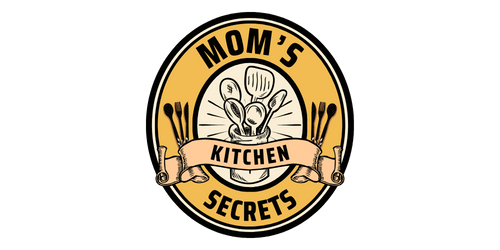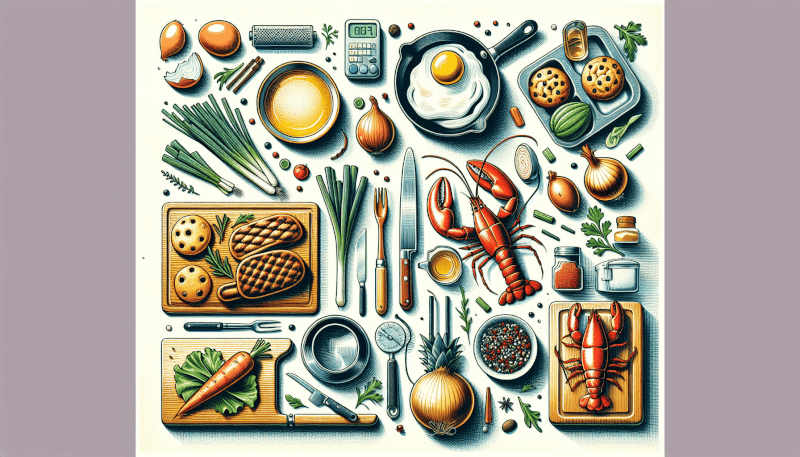Whether you’re a complete novice in the kitchen or just looking to level up your skills, these 10 must-know kitchen hacks for beginners will revolutionize your cooking experience. From easy tips to save time and money to clever tricks that will take your dishes to the next level, you’ll be amazed at how simple and effective these hacks are. Get ready to impress your friends and family with your newfound kitchen expertise as you master everything from peeling garlic effortlessly to using everyday items in the most unexpected ways. Don’t miss out on these game-changing hacks that will make cooking a breeze for beginners!
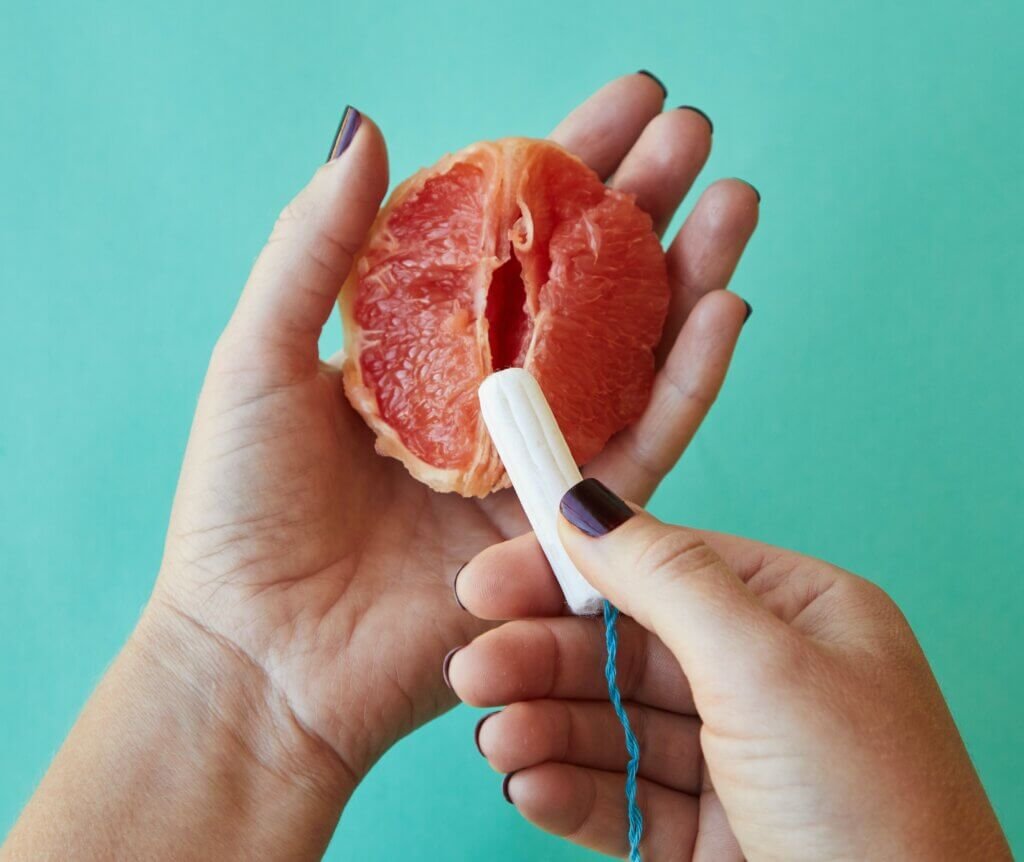
Knife Skills
How to properly hold a knife
When it comes to mastering your knife skills, one of the first things you need to learn is how to properly hold a knife. This may seem simple, but it’s an essential technique that will make a huge difference in your cooking. To hold a knife correctly, start by gripping the handle firmly with your dominant hand. Your thumb should rest on one side of the blade while your index and middle fingers grip the other side. Your other hand should be used to stabilize the food you’re cutting, with your fingers slightly curled under the food. Remember to always keep your fingers away from the blade to prevent any accidents.
The importance of a sharp knife
Having a sharp knife in the kitchen is crucial for both safety and efficiency. Contrary to popular belief, a sharp knife is actually safer to use than a dull one. When you have a dull knife, you’re more likely to apply too much pressure, and this can lead to slips and cuts. A sharp knife, on the other hand, will glide through ingredients smoothly, reducing the risk of accidents. Additionally, a sharp knife allows for more control and precision, leading to cleaner cuts and better presentation. Invest in a knife sharpener or take your knives to a professional for sharpening regularly to maintain their sharpness.
Basic knife cuts
Learning different knife cuts is a fundamental skill in the kitchen that will elevate your cooking. There are several basic knife cuts that you should familiarize yourself with. The first and most common cut is the “dice.” This involves cutting ingredients into small, evenly-sized cubes. Another essential cut is the “mince,” which results in finely chopped pieces. The “julienne” cut creates thin, matchstick-like pieces, while the “chiffonade” produces thin ribbons of leafy greens. Mastering these basic cuts will not only make your cooking more visually appealing but will also ensure even cooking times and consistent flavors in your dishes.
Measuring Techniques
Understanding different measurements
When it comes to baking or following recipes, understanding different measurements is key. In the kitchen, we often encounter different units of measurement such as cups, tablespoons, teaspoons, and grams. Familiarize yourself with these measurements and their equivalents to ensure accurate measurements. Remember that dry ingredients are measured differently from liquid ingredients, so be sure to use the appropriate measuring tools for each. Practice using these measurements and don’t hesitate to double-check your measurements to avoid any mishaps in your recipes.
Using measuring cups and spoons
Measuring cups and spoons are essential tools in every kitchen. When using measuring cups, make sure to pour your ingredient into the cup and level it off with a straight-edged utensil for accurate measurements. For smaller quantities, measuring spoons come in handy. Just like with measuring cups, use a flat utensil to level off the excess ingredient. When measuring sticky ingredients like honey or syrup, a neat trick is to lightly grease the measuring utensil before adding the ingredient. This ensures that the ingredient slides out easily, giving you a precise measurement.
Measuring ingredients without tools
While having measuring tools is convenient, there are times when you may find yourself without them. But fear not, because there are ways to measure ingredients even without these tools. For dry ingredients, you can use your hand as a rough estimate. A palmful is approximately equivalent to a tablespoon, while a pinch between your thumb and forefinger is around 1/8 teaspoon. For liquids, you can use common household items like shot glasses or water bottles that indicate volume. Additionally, learning to eyeball measurements comes with practice, so don’t be afraid to experiment and trust your instincts in the kitchen.
Prepping Ingredients
Tips for peeling and deveining shrimp
Peeling and deveining shrimp can be a daunting task, especially for beginners. However, with a few simple tips, you’ll be able to do it like a pro. To peel the shrimp, start by gently removing the shell from the body. You can leave the tail intact or remove it, depending on your preference or recipe. To devein the shrimp, take a sharp paring knife and make a shallow cut along the back of the shrimp, exposing the dark “vein.” Rinse the shrimp under cold water to remove the vein and any residue. With practice, you’ll be able to peel and devein shrimp quickly and efficiently.
Efficient ways to chop vegetables
Chopping vegetables is a task that you’ll encounter almost daily in the kitchen. To improve your efficiency and speed, there are a few techniques you can use. Start by ensuring your cutting board is stable and won’t slide around. When chopping vegetables, adopt the proper grip mentioned earlier to hold your knife securely. Master the “rocking motion” technique, where you use the tip of the knife as a pivot point and rock it back and forth to chop the vegetables. This motion saves time and effort compared to lifting the knife completely off the cutting board for each cut. Practice and repetition will help you become more proficient in chopping vegetables.
How to mince garlic
Garlic is a staple ingredient in many dishes, and knowing how to mince it properly will enhance the flavor of your meals. Begin by peeling the garlic clove and removing any papery skin. Then, place your knife blade flat on top of the garlic clove and apply light pressure to smash it. This will loosen the skin, making it easier to remove. Once the garlic is peeled, hold your knife with the proper grip and start chopping the garlic into small pieces. Gather the chopped garlic into a pile and continue chopping until you reach your desired mince. Adding a pinch of salt to the garlic while mincing can help prevent it from sticking to the knife, making the process easier.
Food Storage
Properly storing fruits and vegetables
Properly storing fruits and vegetables is essential to prolong their freshness and prevent spoilage. Many fruits release ethylene gas, which can cause nearby produce to ripen and spoil faster. To prevent this, store ethylene-producing fruits such as apples, bananas, and tomatoes separately from other fruits and vegetables. As a general rule, keep fruits and vegetables in separate compartments in your refrigerator to maintain their quality. Some vegetables, like leafy greens, benefit from being stored in a slightly damp environment. Use a clean, damp paper towel to wrap them before placing them in a plastic bag in the refrigerator.
How to organize your pantry
A well-organized pantry makes cooking a breeze and helps prevent food waste. Start by decluttering and removing any expired or unused items. Categorize your pantry items into groups such as grains, canned goods, and baking supplies. Invest in clear storage containers or jars to store dry ingredients like pasta, rice, and flour. Label each container for easy identification. Arrange your pantry items in a way that allows you to see everything at a glance, making it easier to plan meals and shop for groceries. Regularly take inventory of your pantry to know what items need restocking.
Tips for extending the shelf life of ingredients
To make the most of your ingredients and reduce food waste, here are some tips to extend their shelf life. Firstly, keep your fridge clean and free from spills or spoiled food, as these can contaminate other items. Store perishable items, such as dairy products and meats, in the coldest parts of your refrigerator to maintain their freshness. Freeze foods that you won’t be able to consume before they spoil. Properly packaging them in airtight containers or freezer bags will prevent freezer burn. When storing herbs, treat them like flowers by trimming the stems, placing them in a jar with water, and covering them with a plastic bag in the refrigerator. These simple steps will help you maximize the lifespan of your ingredients.
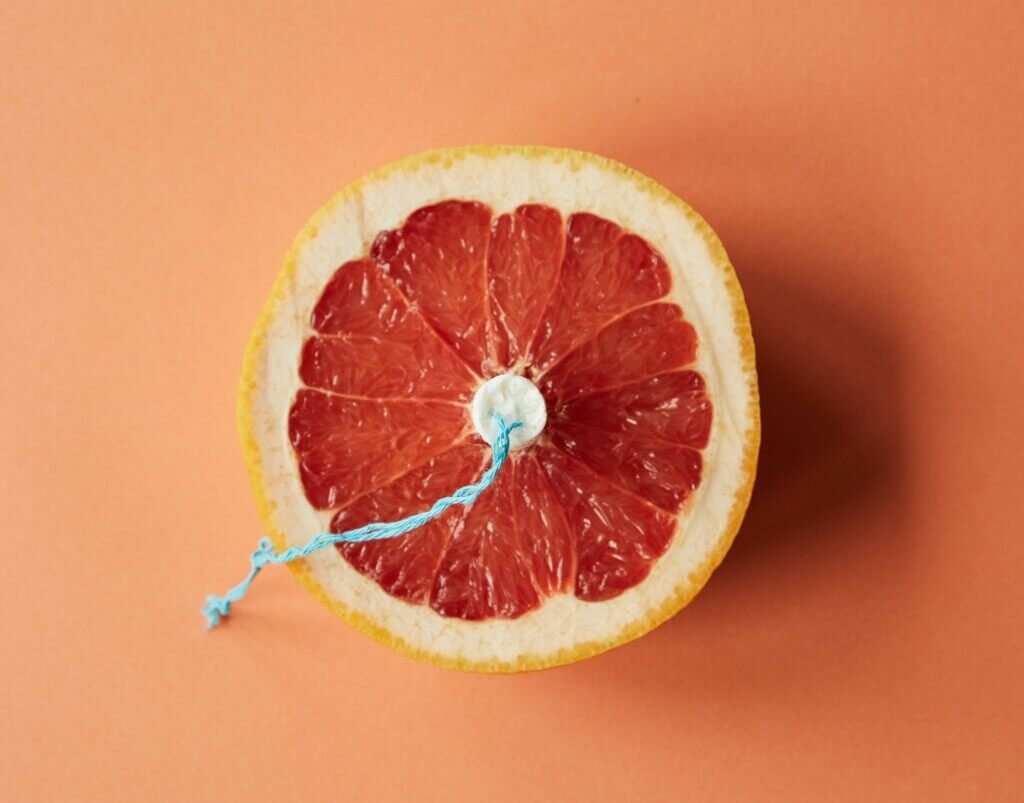
Cooking Techniques
Understanding heat levels on stovetops
Having a good understanding of heat levels on stovetops is essential for controlling the cooking process. Each stovetop is different, so familiarize yourself with the settings on yours. Low heat is gentle and often used for simmering or melting delicate ingredients. Medium heat is the go-to for sautéing and general cooking. High heat is used for searing and achieving a quick, caramelized finish on certain dishes. Additionally, some stovetops have specific settings like “medium-low” and “medium-high,” which provide more precise control over temperature. Experiment with different heat levels and get comfortable with your stovetop to become a master of heat control in your cooking.
Different methods of cooking (sautéing, simmering, etc.)
Knowing different cooking methods adds versatility to your culinary skills. Sautéing involves cooking food quickly over medium-high heat with a small amount of fat, like butter or oil. This technique is great for browning vegetables and proteins. Simmering is a slow and gentle cooking method, typically done in a liquid, where ingredients cook slowly over low heat. This allows flavors to meld and develop in dishes like soups and stews. Other methods include boiling, which involves cooking food in hot water, and roasting, which provides a crispy exterior and juicy interior by cooking food in the oven at a high temperature. Familiarize yourself with these methods to expand your cooking repertoire.
Seasoning and marinating techniques
Seasoning and marinating are essential techniques to enhance the flavors of your dishes. When it comes to seasoning, it’s important to layer flavors rather than relying solely on salt. Experiment with herbs, spices, and aromatics like garlic and onions to add depth and complexity to your meals. Don’t be afraid to taste as you go and adjust seasoning accordingly. Marinating is a technique to tenderize and infuse flavor into meats, poultry, and even vegetables. A simple marinade can consist of acid (such as lemon juice or vinegar), oil, salt, and additional seasonings of your choice. Allow the ingredients to marinate for at least 30 minutes, or even overnight for more intense flavor.
Kitchen Utensils
Essential kitchen utensils for beginners
If you’re a beginner in the kitchen, it’s important to have a few essential kitchen utensils that will make your cooking experience smoother. A chef’s knife is the most important tool, as it can handle a variety of tasks. Other essential utensils include a cutting board, measuring cups and spoons, a whisk for mixing, a wooden spoon for stirring, a spatula for flipping, tongs for handling food, and a can opener. These utensils will cover a wide range of cooking needs and make your time in the kitchen much more enjoyable.
Multipurpose tools to save space
If you’re looking to save space in your kitchen and reduce clutter, consider investing in multipurpose tools. For example, a blender can perform various tasks such as blending smoothies, making soups, and crushing ice. A food processor can handle chopping, grinding, and mixing ingredients. Additionally, a stand mixer can take care of tasks like kneading dough, mixing batters, and whisking egg whites. By choosing multipurpose tools, you can limit the number of individual gadgets in your kitchen while still having the capabilities to tackle a wide range of recipes.
How to properly clean and maintain utensils
Properly cleaning and maintaining your utensils is essential for both hygiene and longevity. After each use, wash your utensils with warm soapy water, using a sponge or brush to remove any food residue. Pay close attention to utensils with small crevices, like whisks or sieves, to ensure they are thoroughly cleaned. Once cleaned, allow your utensils to air dry or pat them dry with a clean towel. Avoid soaking wooden utensils in water or leaving them in a damp environment, as this can cause warping or splitting. Regularly inspect your utensils for any signs of damage or wear and replace them as necessary.
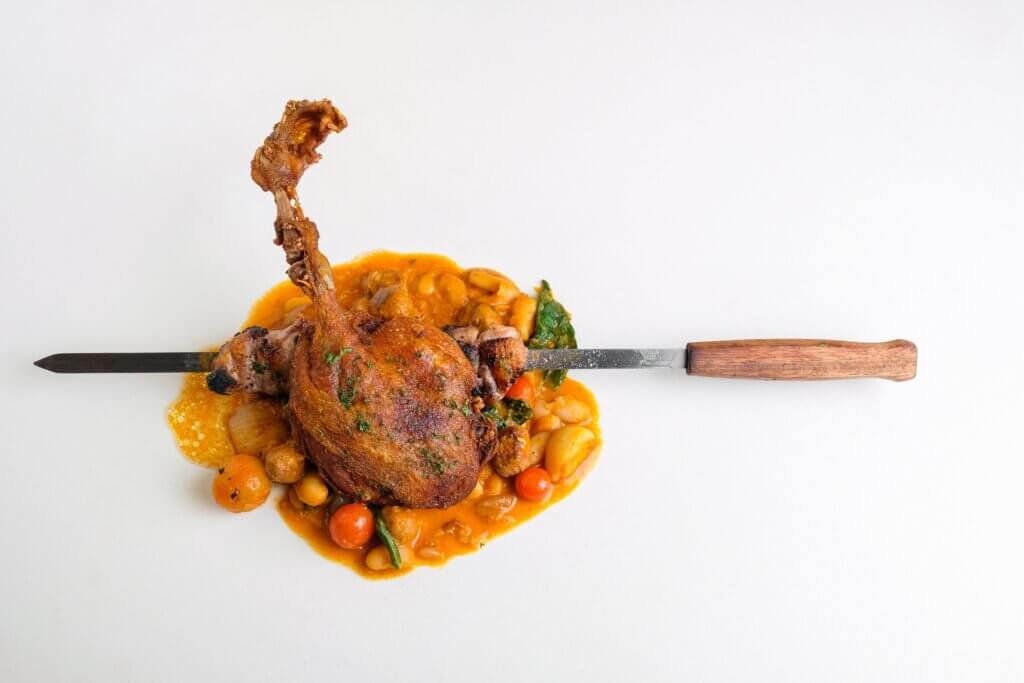
Safe Food Handling
The importance of washing hands
Washing your hands is one of the most crucial steps in safe food handling. It’s essential to wash your hands before and after handling any food, especially raw meats and eggs. Use warm water and soap, rubbing your hands together vigorously for at least 20 seconds to ensure thorough cleaning. Pay attention to washing the backs of your hands, between your fingers, and under your nails. After washing, dry your hands with a clean towel or disposable paper towel. By practicing proper hand hygiene, you’ll prevent the spread of harmful bacteria and keep yourself and others safe from foodborne illnesses.
Avoiding cross-contamination
Cross-contamination is a significant concern in the kitchen and can lead to foodborne illnesses. To prevent cross-contamination, it’s crucial to keep raw meats, poultry, and seafood separate from other foods at all times. Use separate cutting boards, knives, and utensils for different types of ingredients. If using a cutting board for raw meat, thoroughly clean and sanitize it before using it for other ingredients. Additionally, always wash your hands and any surfaces that come into contact with raw meats to avoid spreading bacteria. Practicing good habits to prevent cross-contamination will help ensure the safety of your meals.
Food storage temperature guidelines
Properly storing food at the correct temperature is essential to prevent the growth of harmful bacteria. Perishable foods, such as meat, poultry, dairy, and cooked leftovers, should be stored at or below 40°F (4°C) in your refrigerator. The freezer temperature should be maintained at 0°F (-18°C) or below for long-term storage of foods. Use a refrigerator thermometer to ensure your fridge is operating at the correct temperature. When reheating cooked foods, make sure they reach an internal temperature of 165°F (74°C) to kill any potential bacteria. By following these temperature guidelines, you’ll reduce the risk of foodborne illnesses and ensure the safety of your meals.
Time Management
Planning meals in advance
Planning your meals in advance is a great way to save time and reduce stress in the kitchen. Take some time each week to plan your meals and create a shopping list based on your menu. Consider incorporating overlapping ingredients into multiple meals to reduce waste and simplify grocery shopping. Additionally, prepare any meal components that can be made in advance, such as chopping vegetables or marinating meats. By planning ahead, you’ll be able to streamline your cooking process and have meals prepared efficiently.
Efficient meal prep techniques
Meal prep is a time-saving technique that involves preparing meals or meal components in advance. Dedicate a few hours each week to batch cook and portion out meals for the upcoming days. Preparing ingredients such as cooked grains, roasted vegetables, or grilled chicken breasts in bulk allows you to assemble quick and healthy meals throughout the week. Invest in airtight containers or meal prep containers to store your prepped meals and keep them fresh. By utilizing efficient meal prep techniques, you’ll save time in the kitchen and have ready-to-eat meals on hand, even during busy weekdays.
Using timers and alarms
Timers and alarms are invaluable tools in the kitchen for managing time effectively and ensuring that your dishes are cooked to perfection. Use a kitchen timer or the timer function on your smartphone to keep track of cooking times. Set timers for both the preparation and cooking stages to avoid overcooking or forgetting about your food. Additionally, use alarms to remind yourself when to start prepping or when it’s time to flip or stir your dishes. By utilizing timers and alarms, you’ll take the guesswork out of cooking times and achieve consistent, well-cooked meals.
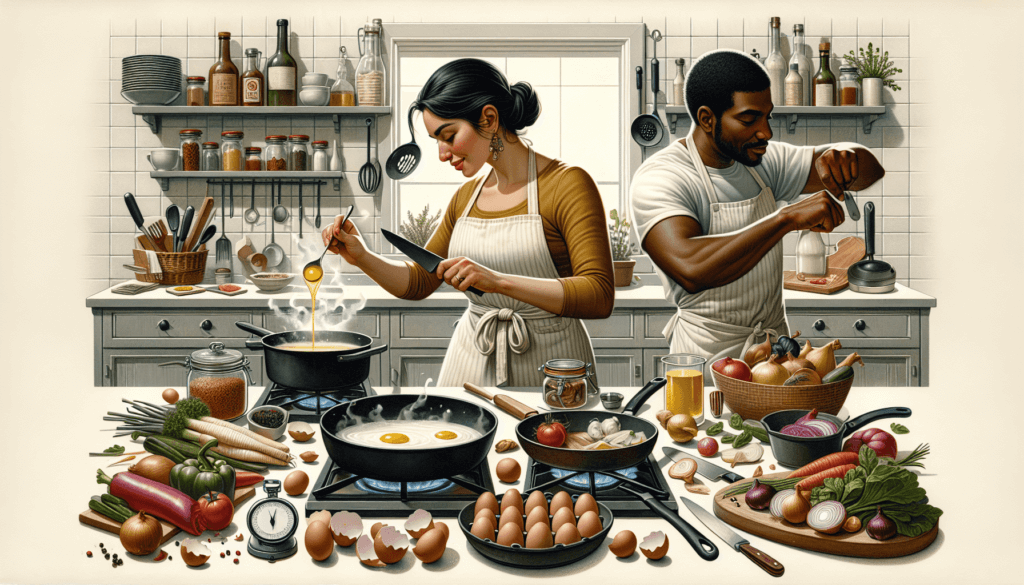
Flavor Enhancements
Using herbs and spices
Herbs and spices are the secret to adding depth and flavor to your dishes. Experiment with incorporating fresh and dried herbs into your cooking to elevate the taste of your meals. Basil, rosemary, thyme, and parsley are versatile herbs that pair well with various dishes. Spices like cumin, paprika, and cinnamon can add warmth and complexity to your recipes. Start with small amounts and taste as you go to achieve the desired flavor profile. Don’t be afraid to mix different herbs and spices to create your own unique blends. With practice and experimentation, you’ll become more confident in using herbs and spices to enhance your cooking.
Creating homemade stocks and broths
Homemade stocks and broths are the building blocks of flavorful soups, stews, and sauces. Instead of relying on store-bought stock, making your own allows you to control the flavors and quality of your dishes. Save vegetable scraps, such as onion ends, carrot peels, and herb stems, in a freezer bag. Similarly, save chicken or beef bones from roasted meats. Once you have enough scraps, simmer them in water with salt, pepper, and aromatics over low heat for several hours. Strain the liquid, and you’ll have a homemade stock that can be used as a base for various recipes. The process may take time, but the resulting flavor is well worth it.
Balancing flavors in dishes
Balancing flavors is a skill that separates good cooks from great cooks. When cooking a dish, it’s important to achieve a harmonious balance between salty, sweet, sour, and bitter flavors. Start by seasoning your dishes with salt to enhance the natural flavors. Add sweetness with ingredients like honey, sugar, or caramelized vegetables. Acidic ingredients like lemon juice or vinegar can brighten up flavors and add tanginess. Bitterness can be balanced by incorporating ingredients like fresh herbs or citrus zest. Taste your dishes as you go and make adjustments as necessary to achieve a well-balanced and delicious final result.
Cleaning Tips
Cleaning as you cook
Cleaning as you cook is a smart and efficient way to maintain a clean and organized kitchen. Instead of leaving a pile of dirty dishes and a messy workspace to deal with after cooking, aim to clean as you go. While your food is cooking or simmering, wash utensils, cutting boards, and bowls that you no longer need. Wipe down countertops and stovetops to prevent any spills or stains from hardening. By tidying up as you cook, you’ll make the cleanup process much quicker and more manageable once your meal is ready to be served.
Properly maintaining kitchen surfaces
Properly maintaining your kitchen surfaces not only keeps them looking beautiful but also ensures their longevity. Different surfaces require different care, so be sure to follow the manufacturer’s instructions. For countertops, wipe them down with a mild dish soap and water solution or a surface-specific cleaner. Avoid using abrasive cleaners or scrub brushes, as they can scratch the surface. Wooden cutting boards should be cleaned with warm soapy water and regularly treated with food-grade mineral oil to keep them hydrated. Stainless steel appliances can be cleaned using a stainless steel cleaner or a mixture of white vinegar and water. By adopting proper maintenance habits, your kitchen surfaces will stay in excellent condition for years to come.
Removing stubborn stains and odors
Stubborn stains and odors can be a hassle to deal with in the kitchen, but there are effective methods to tackle them. For stains on countertops or cutting boards, create a paste using baking soda and water. Apply the paste to the stain, let it sit for a few minutes, and then scrub gently with a sponge or cloth. Rinse well with water and repeat the process if necessary. To eliminate odors in the kitchen, try simmering a pot of water with sliced citrus fruits, herbs, and spices. The steam will help neutralize and freshen the air. For lingering smells on your hands, rub them with lemon juice or stainless steel to remove the odor. With a little patience and the right techniques, you can conquer even the toughest stains and odors in your kitchen.

